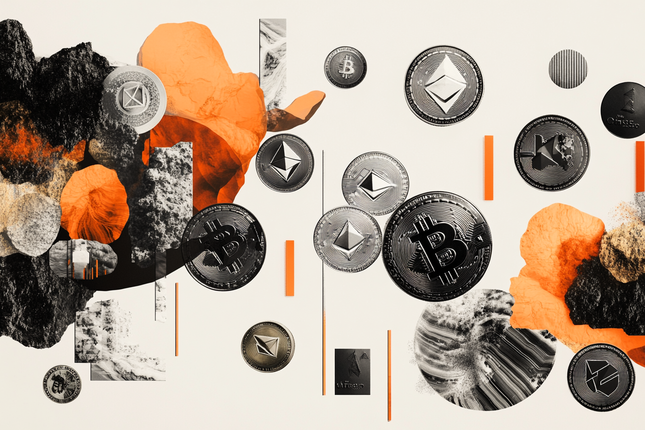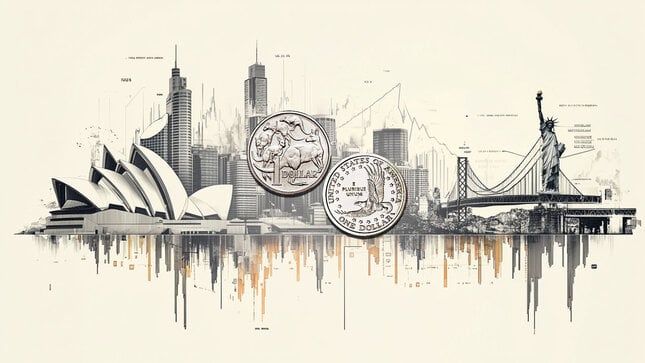As an economist, I marvel at how the economy works, and at the same time, how fragile it is. To some extent, our economy is a confidence game. It works as long as people have confidence in it working. When that confidence fades, we all pay a cost. Right now, Trump’s tariff policies are putting that confidence in jeopardy. Unfortunately, Trump hasn’t used his self-proclaimed “common sense” to consider the consequences of his impulses, and he’s leading us down a road that seems likely to have particularly dire outcomes.
Most immediately, the tariffs will directly increase the cost of goods that Americans purchase from our trading partners. We won’t see the effect on the data on inflation, however, until sometime in March, when data for inflation in February are released. In any case, it’s important to consider inflation both in the near-term and over a more extended horizon.
Given the magnitudes of the new tariffs, it’s hard to imagine that their imposition won’t result in an immediate uptick in reported inflation rates. How the pace of inflation evolves over time, however, is uncertain. An argument can be made that while the tariffs will foster an adjustment to new, higher equilibrium prices, once those new equilibria are reached, the pace of inflation could drop back to a more acceptable range.
While possible, this relatively benign outcome is by no means certain. A countervailing possibility is that the renewed spike in inflation will be largely viewed as a precursor of more to come. The real danger we face is that higher inflationary expectations will develop, fostering a self-fulfilling process whereby inflation extends for a longer period than would otherwise occur with more moderate expectations. I don’t believe this prospective risk has received anywhere near the attention that it deserves.
We should also expect that, besides raising prices, tariffs will curtail economic activity. Inevitably, some prospective counterparties will be discouraged from engaging in transactions because of the higher cost structure. This consideration applies not only to importers facing higher costs for the goods they want to buy from foreign suppliers, but it also applies to exporters who will inevitably be coping with being subject to the retaliatory tariffs that our trading partners will apply against products made in the US. Reduced trading volumes on both sides of the import/export ledger means lower growth and loss of jobs, not just in the US, but globally.
A reduced pace of economic activity would likely put the Fed in a bind. The Fed could reasonably expect the dampened pace of economic activity from the imposition of the tariffs, on their own, to serve to mitigate the inflationary threat, thereby obviating the need for a renewed round of tightening by the Fed. This posture, however, could be met with critics of the Fed arguing that it would be taking a “do nothing” approach at a time when bold action to halt inflation is required. The Fed is highly sensitive to this criticism, however, especially now, after being accused by many of being too slow to react when inflation initially surged after the onset of the COVID pandemic. More likely than not, I’d expect the Fed to err on the side of reacting too quickly, as opposed to belatedly.
The economic nightmare, as I see it, is the trifecta of unacceptable inflation rates, slower economic growth, and higher unemployment – all as a result of imposing these tariffs. Our president should be prioritizing price stability and keeping a recession at bay, not only for ourselves, but for the world, at large. These tariffs, however, are inviting exactly the opposite. They are unnecessarily destabilizing, potentially devastating large numbers of people. The cavalier disregard of these possibilities shown by our president is reckless and irresponsible.
The prospect of this confluence of adverse outcomes is Trump’s own making – totally avoidable had he or his enablers taken the time to think these policies through before implementing them and introducing the inherent risk that they pose. That said, it’s not too late to reverse course. The tariffs could be eliminated just as quickly as they were implemented; and that’s exactly what should happen. The risks that these tariffs could exacerbate inflation and foster a global slowdown are real and serious, where large numbers of people could end up markedly worse off. These are risks that need not be taken. Trump should simply declare victory for some real or imagined concession on the part of our trading partners and pretend these tariffs never happened.
Derivatives Litigation Services assists legal teams with litigation when derivative contracts play a role in disputed transactions. The firm offers advice and counsel on a best efforts basis but bears no responsibility for outcomes dictated by mediation or court judgments.
Recommended Content
Editors’ Picks

GBP/USD tests 1.3500 after mixed BoE commentary
GBP/USD stays under modest bearish pressure and tests 1.3500 on Tuesday. While testifying before Parliament, BoE Governor Bailey noted that they have not seen inflation surprises and reiterated that they need to approach policy-easing in a gradual and cautious way.

Gold pulls away from multi-week highs, holds above $3,350
Gold retreats from the multi-week high it set near $3,400 on Monday but manages to hold above $3,350. The intraday slide is sponsored by a modest improvement in risk mood and the emergence of some US Dollar buying ahead of employment-related data.

Crypto Gainers WIF, SPX, HYPE: Meme coins soar with Bitcoin’s recovery to $106K
Crypto market bounces back as Bitcoin (BTC) reclaims the $106,000 level at press time on Tuesday, resulting in a refreshed rally in top meme coins such as Dogwifhat (WIF) and SPX6900 (SPX), and Pepe (PEPE).

AUD/USD turns lower toward 0.6450 after RBA Minues, poor China's PMI
AUD/USD is meeting fresh supply toward 0.6450 in the Asian session on Tuesday as traders digest the RBA Minutes and the unexpected contraction in China's May Caixin Manufacturing PMI. Additionally, a modest US Dollar rebound keeps the pair undermined.

GBP/USD tests 1.3500 after mixed BoE commentary
GBP/USD stays under modest bearish pressure and tests 1.3500 on Tuesday. While testifying before Parliament, BoE Governor Bailey noted that they have not seen inflation surprises and reiterated that they need to approach policy-easing in a gradual and cautious way.